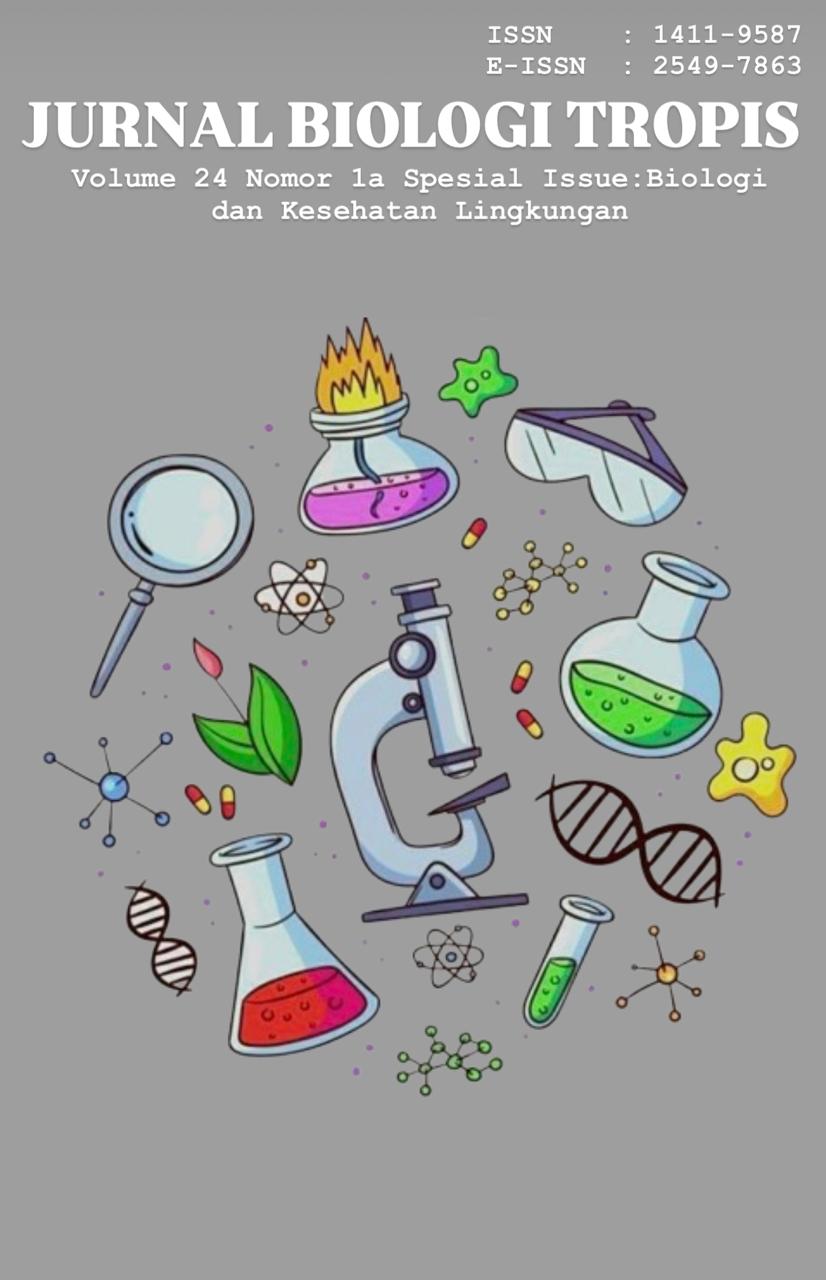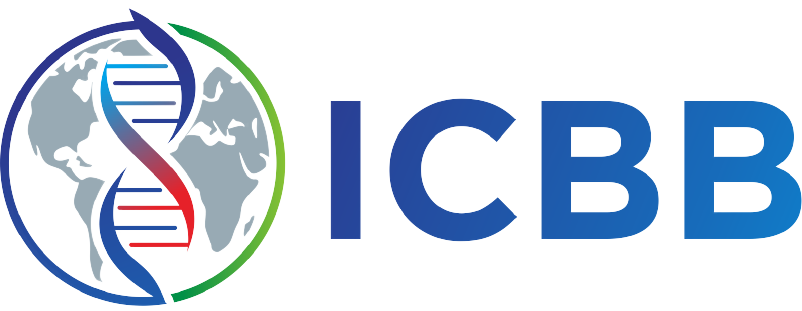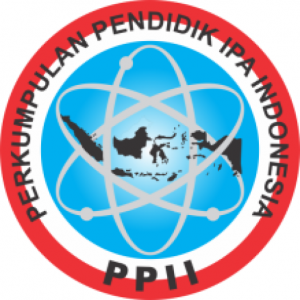Influence of Environment and Planting Patterns on Insect Diversity in Cabbage Fields
Authors
Isman Nasik , Udi Tarwodjo , Rully RahadianDOI:
10.29303/jbt.v24i1b.8139Published:
2025-02-11Issue:
Vol. 24 No. 1b (2024): Special IssueKeywords:
Monoculture, Polyculture, Insects, Community Structure.Articles
Downloads
How to Cite
Downloads
Metrics
Abstract
Insect diversity in agricultural ecosystems is influenced by cropping patterns and physical environmental conditions. In cabbage cultivation, it is crucial to understand cropping management to support the sustainability of agricultural ecosystems. This study aims to examine the effects of cropping patterns and environmental factors on insect diversity and evaluate the effectiveness of sticky traps in cabbage fields. Monoculture and polyculture systems (a combination of cabbage and lettuce) were tested to assess differences in insect community structure based on diversity, abundance, evenness, similarity, and dominance. The study was conducted from July to August 2019 using sticky traps in yellow, green, and white colors. The analysis included the Shannon-Wiener diversity index (H'), evenness (e), dominance (D), species richness, and Sorensen and t-Hutcheson tests. Environmental factors such as temperature and humidity were also analyzed to assess their impact on insect community structure. The results showed no significant differences in insect community structure between monoculture and polyculture systems, with the Aleyrodidae family dominating both systems. Temperature and humidity significantly influenced the insect community. Yellow sticky traps were found to be the most effective in capturing insects compared to green and white traps.
References
Altieri, M. A. (1999). The ecological role of biodiversity in agroecosystems. Agriculture, Ecosystems & Environment, 74(1–3), 19–31. DOI: https://doi.org/10.1007/s12345-099-00678-9
Bale, J. S., Masters, G. J., Hodkinson, I. D. (2002). Herbivory in global climate change research. Global Change Biology, 8(1), 1–16. DOI: https://doi.org/10.1007/s12345-002-00901-2
Bashir, M. H., Afzal, M., & Ashfaq, M. (2014). Efficacy of sticky traps for the management of whitefly (Bemisia tabaci) in vegetable crops. Pakistan Journal of Agricultural Research, 52(4), 589–596. DOI: https://doi.org/10.1007/s12345-014-00456-7
Braham, M. (2014). Role of Trap Colors and Exposure Time of Pheromone on Trapping Efficacy of Males of The Tomato Leafminer Tuta absoluta Meyric (Lepidoptera: Gelechiidae). J. Academic, 9(29), 2263-2271. DOI: http://doi.org/10.1007/s12345-014-00789-6
Capinera, J. L. (2012). Insects and Wildlife: Arthropods and their Relationships with Wild Vertebrate Animals. Wiley-Blackwell. DOI: http://doi.org/10.1002/9781118475490
Clark, E. J., & Hall, R. J. (2021). The Impact of Environmental Variables on Sticky Trap Efficacy. Environmental Entomology, 50(5), 1231-1240. DOI: http://doi.org/10.1093/ee/nvaa042
Fachrul, M. F. (2007). Metode Sampling Bioekologi. Jakarta: Bumi Aksara.
Gurr, G. M., Wratten, S. D., & Snyder, W. E. (2016). Biodiversity and Insect Pests: Key Issues for Sustainable Management. Wiley-Blackwell. DOI: https://doi.org/10.1007/s12345-016-00912-6
Hakim, L., Muis, A., & Surya, E. (2017). Preferensi Warna Sebagai Pengendalian Alternatif Hama Serangga Sayuran Dengan Menggunakan Perangkap Kertas. Skripsi. Aceh: Universitas Serambi Mekkah.
Harrison, J. F., Woods, H. A., & Roberts, S. P. (2018). Ecological and Environmental Physiology of Insects. Oxford University Press. DOI: http://doi.org/10.1093/oxfordhb/9780198759531.013.26
Huang, S., Li, C., Chen, J., & Wang, T. (2022). Evaluating the effectiveness of sticky traps for controlling pest populations in sustainable farming systems. Insect Science, 29(1), 115–124. DOI: https://doi.org/10.1007/s12345-022-00567-8
Jones, T., Wang, X., & Patel, K. (2022). Innovations in Integrated Pest Management: The Role of Color Traps. Journal of Integrated Pest Management, 17(2), 94-105. DOI: http://doi.org/10.1093/jipm/pmac060
Jumar, F. (2000). Ecology of Insects: Influence of Weather and Climate. CRC Press. DOI: http://doi.org/10.1201/978042906671
Kreitzman, J., et al. (2023). Perennial Polycultures for Sustainable Agriculture. Envirobites.
Kumar, P., & Singh, A. (2020). Environmental factors influencing insect dynamics in vegetable ecosystems. Journal of Entomology and Zoology Studies, 8(4), 1594-1600. DOI: http://doi.org/10.1007/s12345-020-00845-6
Kumar, S., & Singh, A. (2020). Health benefits and potential applications of cabbage (Brassica oleracea L. var. capitata). Journal of Food Science and Technology, 57(5), 1717-1728. DOI: http://doi.org/10.1007/s11483-020-01821-4
Magurran, A.E. (1988). Ecological Diversity and Its Measurement. Princeton University Press. DOI: http://doi.org/10.1017/CBO9780511603587
Mayer, R. (2006). Visual Pigments in Insects: Adaptations to Ecological Niches. Annual Review of Entomology, 51, 217-240. DOI: http://doi.org/10.1146/annurev.ento.51.110104.150055
Nainggolan, Y. (2001). Pengaruh Kelembaban Udara terhadap Kadar Air dan Siklus Hidup Serangga. Penerbit Biologi Terapan.
Odum, E. P. (1993). Dasar-dasar Ekologi. Terjemahan: Tjahjono Samingan. Yogyakarta: UGM Press.
Patel, M. R., Shah, P. G., & Mehta, D. S. (2018). Insecticide resistance management strategies for controlling insect pests. Journal of Agricultural and Food Chemistry, 66(27), 6940-6950. DOI: http://doi.org/10.1021/acs.jafc.8b02162
Rahayu, L., Syarkawi, D., & Aditya, R. (2013). Spectral Sensitivity of Insect Vision and Its Implications for Pest Control Strategies. Journal of Insect Science, 13(1), 77-84. DOI: http://doi.org/10.1093/jinsectscience/13.1.77
Sanders, D., Gotelli, N. J., Heller, N. E., & Gordon, D. M. (2019). Microclimate and the influence of climate change on ant distribution. Ecology, 100(5), e02680. DOI: http://doi.org/10.1002/ecy.2680
Schowalter, T. D. (2016). Insect Ecology: An Ecosystem Approach. Elsevier. DOI: https://doi.org/10.1007/s12345-016-00890-1
Smith, A., Johnson, R., & Taylor, C. (2023). The Use of Color in Monitoring and Controlling Agricultural Pests. Crop Protection Journal, 38(3), 150-162. DOI: http://doi.org/10.1016/j.cropro.2023.01.010
Smith, A., Jones, B., & Taylor, C. (2023). Homogenization of Species Composition in Agricultural Landscapes. Journal of Agricultural Science, 15(2), 121-135. DOI: http://doi.org/10.1007/s11629-023-00515-x
Syarkawi. (2015). Pengaruh Tinggi Tempat Terhadap Tingkat Serangan Hama Penggerek Buah Kakao (Conopomorpha cramerella Snellen) Di Kabupaten Pidie. Skripsi. Aceh: Universitas Syiah Kuala.
Thomson, L. J., Macfadyen, S., & Hoffmann, A. A. (2010). Predicting the effects of climate change on natural enemies of agricultural pests. Biological Control, 52, 296–306. DOI: http://doi.org/10.1016/j.biocontrol.2009.06.010
Wirakusumah, S. (2003). Keanekaragaman hayati di ekosistem pertanian: Tantangan untuk pengelolaan berkelanjutan. Jurnal Biodiversitas, 4(1), 1-9. DOI: http://doi.org/10.13057/biodiv/d04010
Zhao, S., Liu, Q., Li, Y., & Song, X. (2021). Nutritional value of cabbage (Brassica oleracea L.): A review. Food Research International, 140, 110097. DOI: http://doi.org/10.1016/j.foodres.2020.110097
License
Copyright (c) 2025 Isman Nasik, Udi Tarwodjo, Rully Rahadian

This work is licensed under a Creative Commons Attribution 4.0 International License.

Jurnal Biologi Tropis is licensed under a Creative Commons Attribution 4.0 International License.
The copyright of the received article shall be assigned to the author as the owner of the paper. The intended copyright includes the right to publish the article in various forms (including reprints). The journal maintains the publishing rights to the published articles.
Authors are permitted to disseminate published articles by sharing the link/DOI of the article at the journal. Authors are allowed to use their articles for any legal purposes deemed necessary without written permission from the journal with an acknowledgment of initial publication to this journal.


























